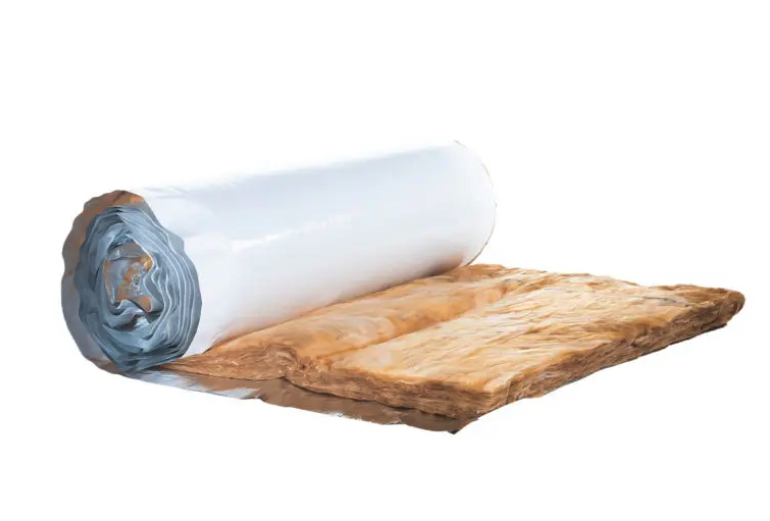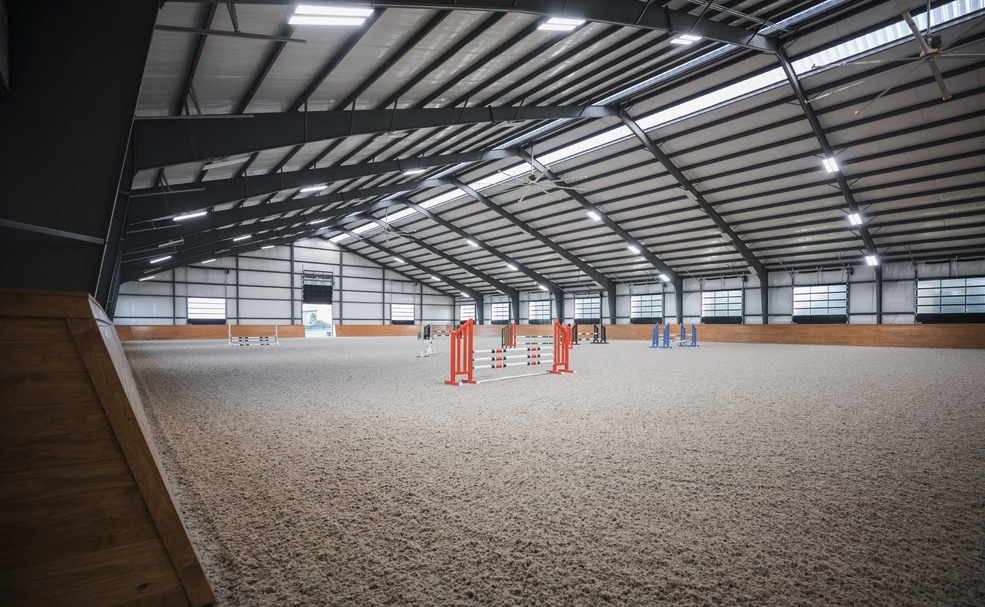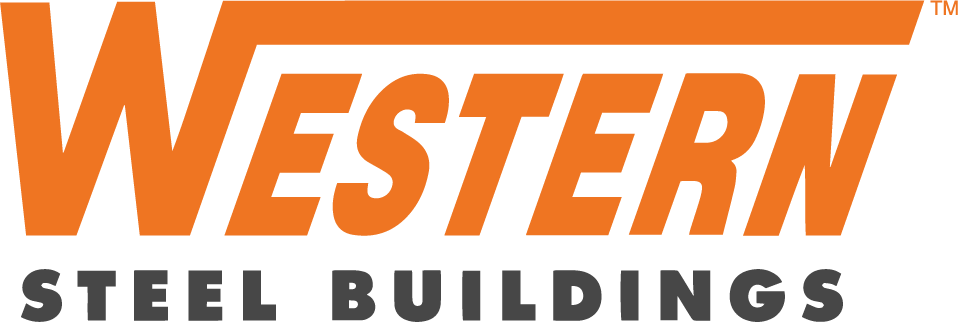Fiberglass Blanket Insulation
Common Nicknames: MBI (Metal Building Insulation), Roll insulation, Batt Insulation, Bag, Sag, or Cavity Fill. Fiberglass blanket insulation is used to insulate metal buildings in the roof purlins or purlin cavity, as well as between the girts and the wall panel or in the girt cavity.

WHAT IS FIBERGLASS BLANKET INSULATION?
Fiberglass blanket insulation is available in a wide range of product types for different applications. It is available either faced with a vapor barrier, or unfaced. When unfaced, it is used above a liner system, or as a second layer above laminated insulation. When an insulation product contains a facing (vapor barrier), it has an additional layer of protection on one side, which helps to keep out elements like heat and moisture. If an insulation product is unfaced, it doesn’t have the additional layer. It is utilized in both metal buildings or concrete walls. It is installed over the roof purlins and/or in the purlin cavity, and it can also be used for installation between the girts and the wall panel or in the girt cavity. Contractors enjoy that it is lightweight, easy-to-install, budget-friendly and available in a wide range of R-values.
WHAT ARE THE R-VALUES FOR FIBERGLASS BLANKET INSULATION?
WHAT LOCATIONS CAN YOU USE FIBERGLASS INSULATION?




